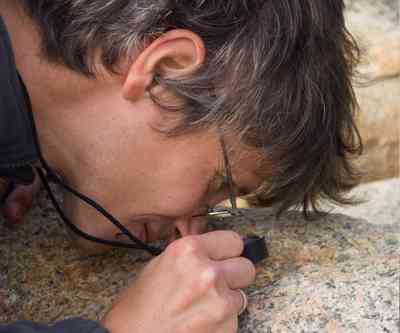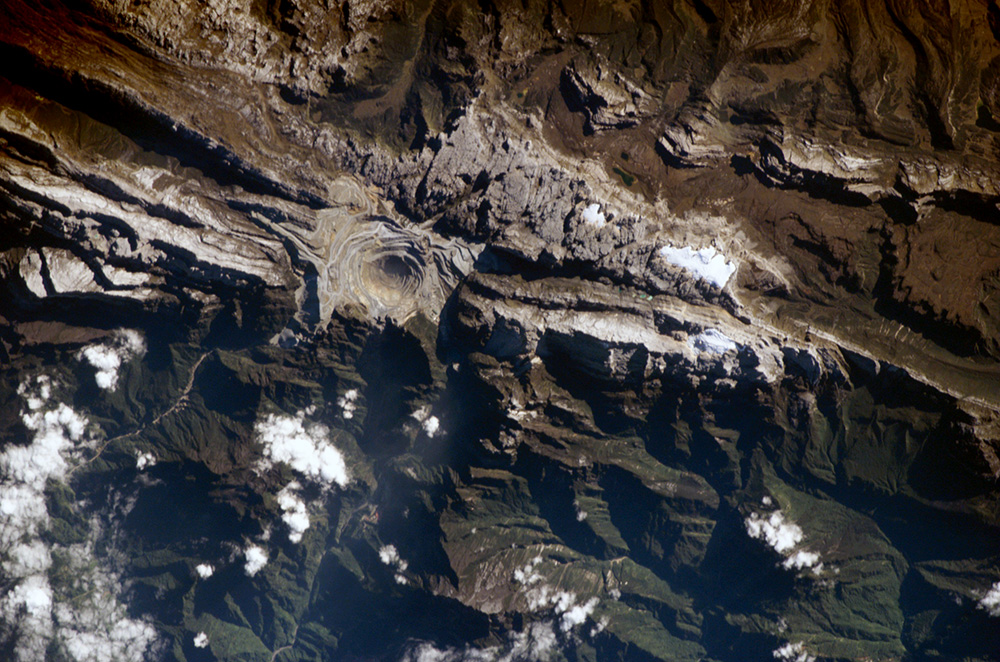Allana Potash intersects highest grade potash to date with 52.40 % KCl over 0.80 metres

Allana Potash Corp. (TSX VENTURE:AAA) (“Allana” or the “Company”) is pleased to announce that it has further extended the potential of its Dallol deposit with the completion of additional drilling and assay activity in areas beyond those included in the original resource estimate completed in 2008. This work is part of the upcoming update to Allana’s National Instrument 43-101 (“NI 43-101”) technical report.
Drill hole DK-11-15 (“Hole 15”) has intersected significant potash mineralization up to 52.40% KCl over 0.80 metres. Hole 15 intersected two strong zones of potash mineralization which appear to correlate with the Sylvinite Zone and Kainitite Zone. The Sylvinite Zone returned 2.70 metres of sylvinite which graded 39.38 % KCl and includes a 1.70 metre interval that returned 49.13% KCl and a further sylvite-rich zone that returned 0.80 metres of 52.40% KCl. Further down the hole, 6.80 metres of kainitite was intersected which returned 25.87% KCl.
Farhad Abasov, President and CEO, commented: “We are very pleased with the additional strong potash mineralization intersected in Hole 15. This area continues to return high potash grades and significant thicknesses. Each drill hole in this area yields higher grades and the 52.40% KCl over 0.80 metres is the highest grade intersected to date on the property. In addition to the impressive sylvinite zone, Hole 15 also intersected strong kainitite returning 25.87% KCl over 6.80 metres and this is also the highest grade kainite encountered to date on the property and bodes well for our studies on producing SOP, a premium potash product, from kainite. Management intends to incorporate Hole 15 data in the Company’s upcoming NI 43-101 technical report.”
Hole 15 was collared approximately 1000 metres northeast from Hole 13 and was drilled vertically (see attached figure). Hole 15 intersected the Sylvinite and Kainitite zones of potash mineralization as defined by the Parsons drilling in the 1950s and 1960s. The Sylvinite Zone returned 2.70 metres grading 39.38% KCl starting at a depth of 254.40 metres. A high grade core of 0.80 metres of predominantly sylvite returned 52.40% KCl and occurs within the larger Sylvinite Zone. A robust Kainitite Zone was intersected at a depth of 366.50 metres and returned 6.80 metres grading 25.87% KCl.
Read the full news release here.
More News
{{ commodity.name }}
{{ post.title }}
{{ post.date }}



Comments